There are two vastly different West End housing proposals going before Vancouver council this week and both have implications about how we view heritage in our development-mad city. One, in Mole Hill, involves the community’s desire to designate Mole Hill as a Heritage Conservation Area; while the other is a way to redevelop and save a deteriorating 1920s West End apartment building.
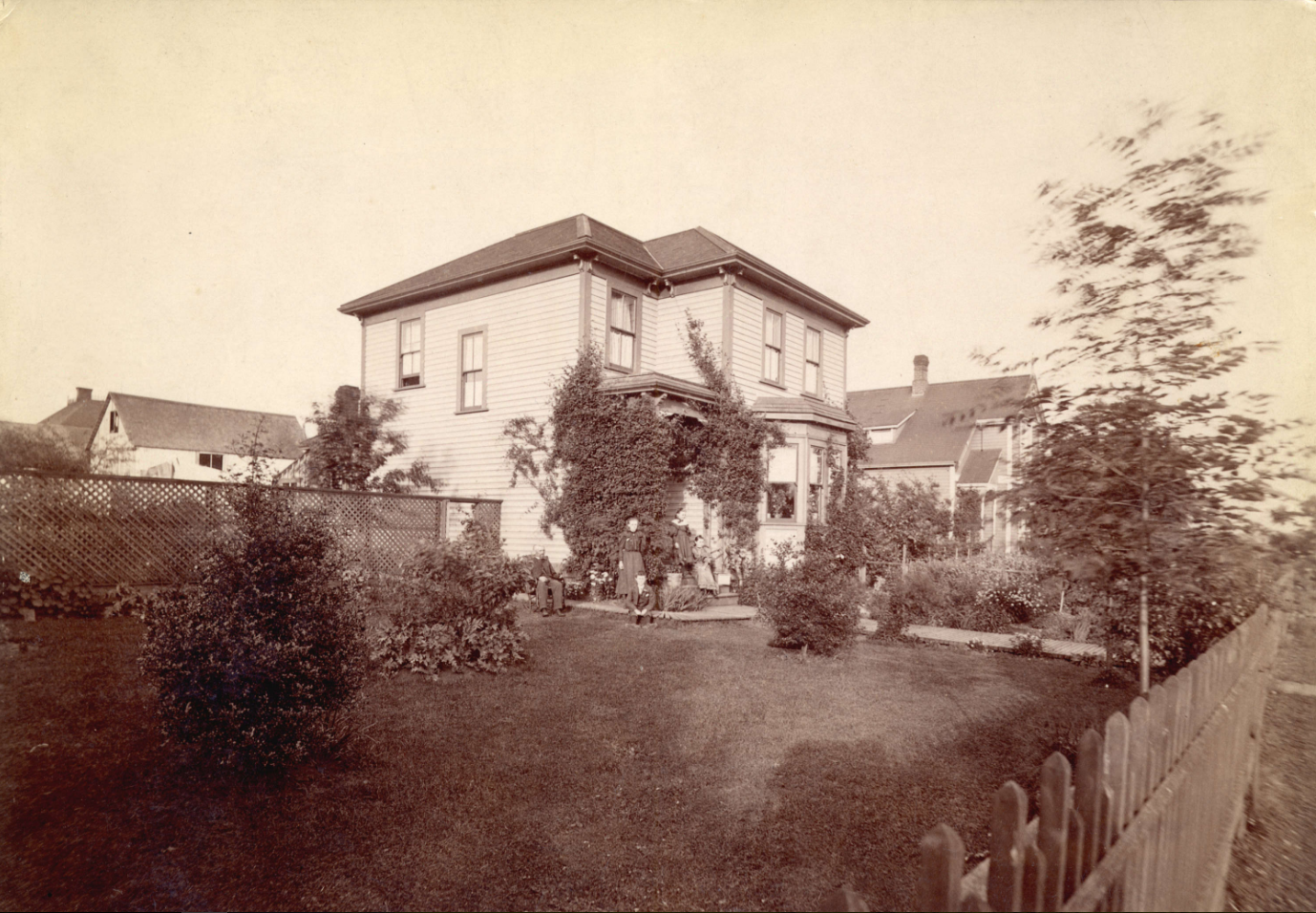
I discovered Mole Hill about 10 years ago when I was writing At Home with History. It’s a small enclave in the West End that’s tucked in behind St. Paul’s Hospital, opposite Nelson Park and bounded by Comox, Bute, Thurlow and Pendrell Streets. The houses date back to 1889 and are swarming with social history. While the name sounds like something from the pages of Wind in the Willows, the area is actually named after Henry Mole, a retired farmer who was one of the first people to settle in the area. Anything left of his house now sits under the hospital.
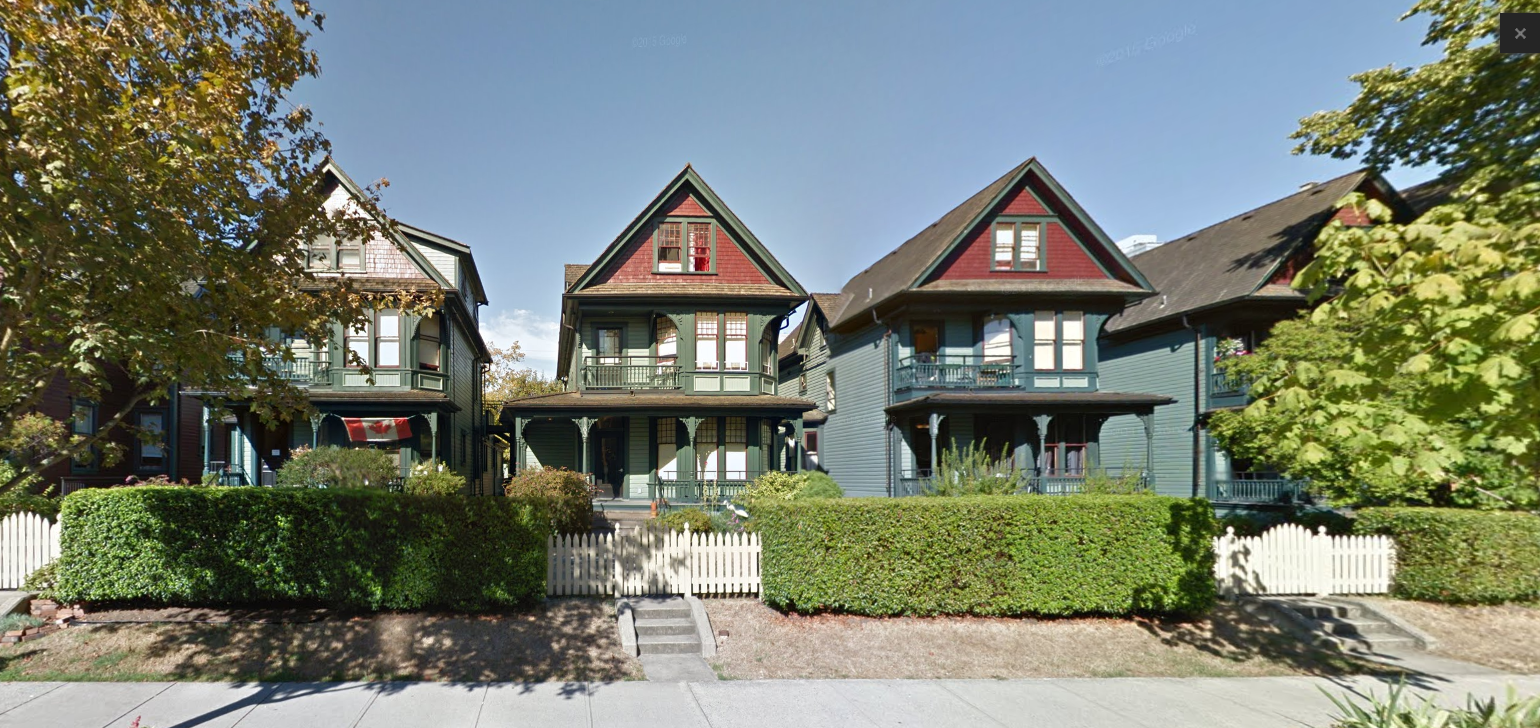
The vast majority of the heritage homes are owned by the City of Vancouver and comprise 170 social housing units, a group home for eight youth, the Dr. Peter Centre which has 24 health care units, three daycares and community gardens. Public walkways full of shrubs and flowers spill over into lanes that wander between the houses. There’s a funky little Victorian cottage in the laneway at 1117 Pendrell that was saved from demolition in 2002 when the Vancouver Heritage Foundation had it moved a few blocks from Hornby Street.
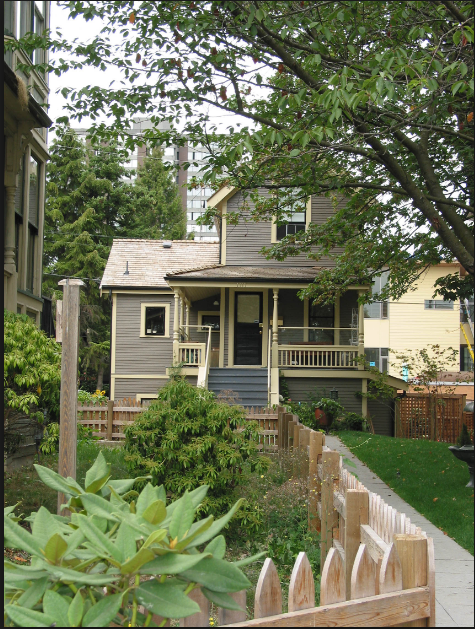
Depending on who you talk to, the area’s heritage is either under threat or it’s being thoughtfully brought up to date.
Quentin Wright is the executive director at the Mole Hill Community Housing Society which provides affordable housing through a 60-year lease with the city. The problem, he says, is that three of the houses on Comox Street are privately owned, two have applied for redevelopment and it’s expected the third, which recently changed hands, will as well.
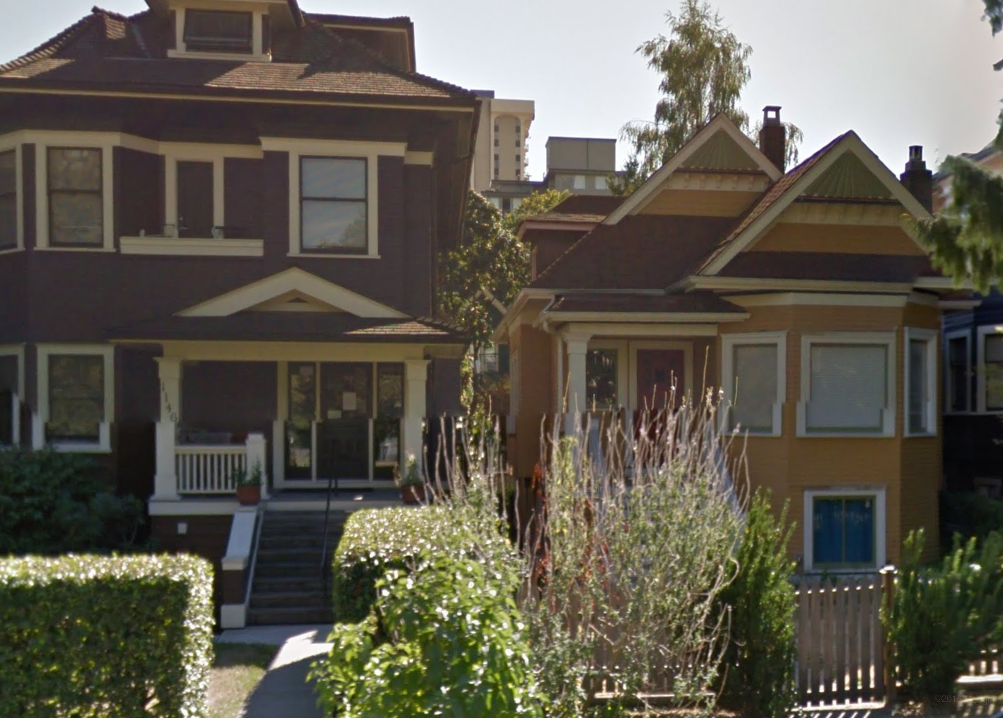
The immediate concern involves #1150, a 1903 cottage.
According to Michael Kluckner of the Vancouver Heritage Commission, zoning allows the owner to add density to his lot, and he has chosen to add an infill building in the back lane. Mole Hill residents were horrified by the size of the building in the first drawing and the city sent the architects back to the drawing board.
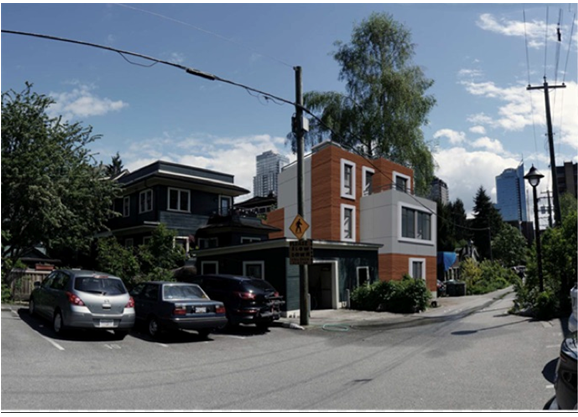
“The Heritage Commission rejected [the second drawing], as the cottage is the heritage item, and adding a huge addition onto its back (in the middle of the lot, as it were), wasn’t good,” says Kluckner. “The design was too glaringly modern. So the architect and owner came back to the Heritage Commission with this design (pictured above).”
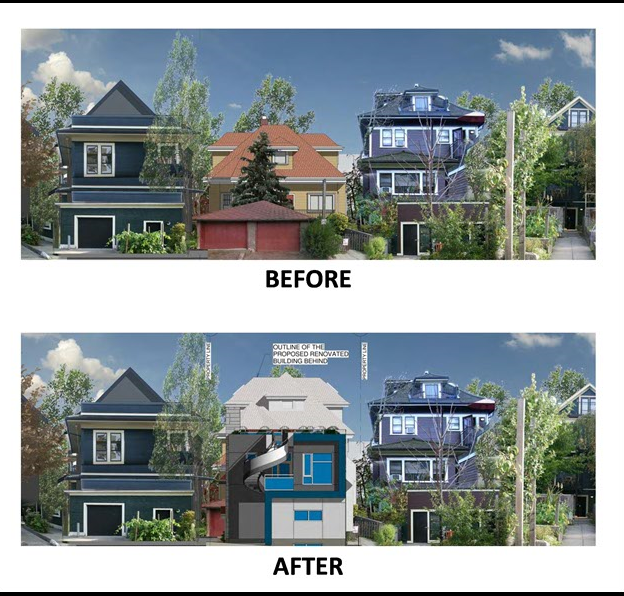
Local civic historian John Atkin reckons the Commission made the right call. “In a situation like this, an infill should be in a contrasting design,” he says. “A faux heritage design would muddy the visual record. New should always stand out.”
Wright would like to see the laneway be recognized as part of the heritage landscape and be given legal protection.
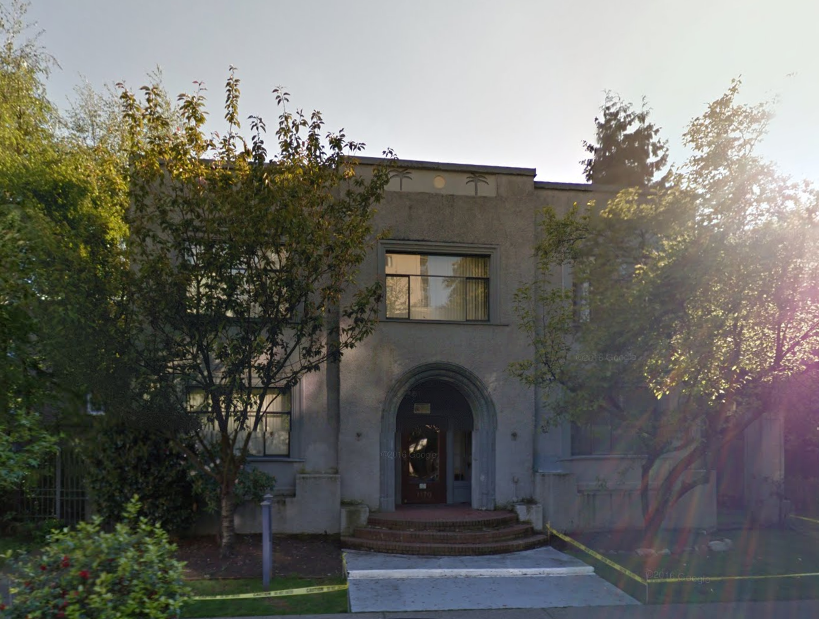
After I blogged about Charles Marega, I received an email from Lyn Guy saying that Marega’s old home—a 1920s two-storey apartment building called the Florida, was ringed with fencing and looked like it might be going the way of many older buildings in Vancouver.
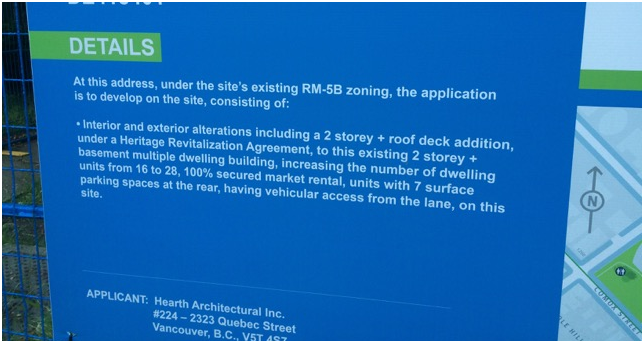
Turns out that it’s good news. The owners want to work under a Heritage Revitalization Agreement to redevelop the building, add a couple of storeys to the back and increase the rental stock from 16 to 28 units.
You have until this Friday June 17 to tell the city what you think of the plan.
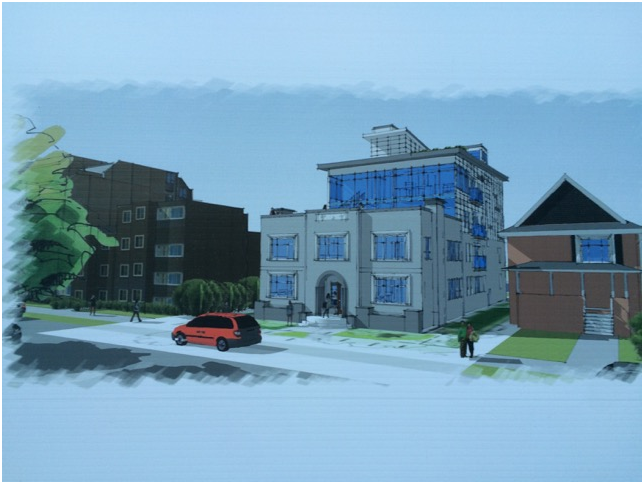
© All rights reserved. Unless otherwise indicated, all blog content copyright Eve Lazarus.




9 comments on “West End Heritage–a chance to have your say”
Im glad I dont live in the West End . Having been born and raised their I would be saddened every time another beautiful old home or apartment building was demolished. If it was up to me that community would have been stuck in the 60s. As Mr Bertuzzi said it is what it is. To those that are trying to balance preservation vs development, I do not envy your jobs. The pressure to build on what is arguably some of the most valuable land on the planet must be exteme.
Every time we go to the Sylvia for diner and drinks or any other place in the West End we go for a walk. We marvel at the fabulous old homes. We seldom if ever give the new construction a second look.
It’s amazing there’s anything left there at all.
Thank you for writing about this important issue Eve. I am a “homegrown” Vancouver girl, born in St. Paul’s (my family living on Nelson near Chilco in a multi-family house at the time 1960), grew up in Richmond, and have come home to the West End over 20+ years ago. I love the West End Community! Mole Hill is so vibrant and important to the area. As an amateur researcher (paranormal investigator & taphophile), I’ve been looking into the history of several homes and the area. The community truly has a colourful story. In the recent years, a family member & her young daughter have moved into a home the Mole Hill Community Housing Society provides. It gave me further insight into the community, and an opportunity to meet its residents. We so need this area to be preserved as a Heritage Conservation Area of Vancouver. We are loosing our young history in Vancouver, and with this, we not only draw the interest of tourists, but also support the Community, keep the record of our heritage alive, and showcase the city as one who supports its upbringings, green thinking, community, as well as growth. I have submitted my thoughts to the Mayor and Counsellors, and I hope others will as well. For me, history is something we should not lose but rather embrace! I meet people from other countries (I live near a hostel) asking about the history of the area, and I direct them to walking tours, Mole Hill and other avenues we have to offer. People are interested! We should be proud of our heritage.. with the motion we can win in working together and keeping the integrity of the area.
I couldn’t agree more. Hope the city listens, thanks for stopping by my blog.
Why not relocate more heritage homes/cottages into the laneway. That would give density in a sympathetic style that is not faux…
That sounds like a really good idea, is there room?
I disagree with John Atkins. There is nothing “faux” about traditional design – to think so is a prejudice of modernism, whose adherents aimed for a permanent revolution in style, instead of recognizing that the style they proposed itself belonged to a period (mid-twentieth century), but not a good period, for urban building.
There is nothing wrong with building in a style of the pre-modernist past, if that style is pleasing in context. Perhaps a majority of people, if asked, would propose the Renaissance as the finest moment of Western art history, and the Renaissance, as a period, was quite programmatically one of revival of the past – in its case the Classical past. Other revival styles also build well. Vancouver’s finest church, Christ Church, is Gothic revival – and this is the style of many of the city’s other fine churches.
The problem with the West End is exactly the problem bought about by using contrasting design – the proliferation of faceless concrete cubes, like the one in which I live, which have imperialised and defaced the traditional neighborhood. A post-modern design that respected traditional character would be fine; but the one proposed for Mole Hill is not respectful enough.
West Coasters in general remain provincial about this. In Europe, which has a more successful history of urbanization, new buildings in older neighborhoods usually do conform largely to the style in which the neighbourhoods were built. Indeed this is the common practice in the 100-year-old neighborhoods of Montreal, where I lived for many years. Vancouver should follow this practice in the West End.
Thanks so much for your comment. I’d just as soon keep Mole Hill and our few remaining heritage areas in keeping with the period.
TheFlorida, now painted battleship dark grey! some metal chairs out front in the former colour but the palm trees and sun up top were not repainted. Mole hill , depressing, druggies and lay abouts. that all dark paint is ugly and repetitive. the modern infill on comox is so bad and our of place.